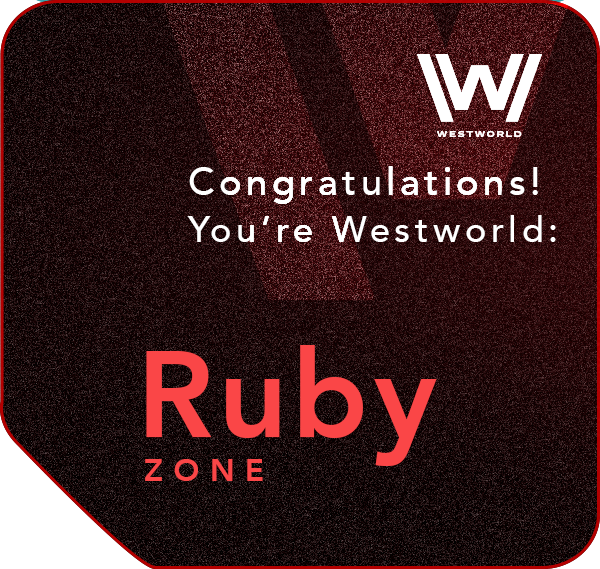PlayStation continued its emotion-based video game marketing strategy during the NBA Finals Sunday, debuting a new spot called “Play Fearlessly.”
“Play Fearlessly” is part of Sony PlayStation’s ongoing “Greatness Awaits” campaign that, fittingly, debuted during the NBA Finals in 2013. Five years later, the campaign has become iconic of the video game console but this latest spot is different in one respect—it doesn’t show any gameplay or features.
“This year, we identified a massive opportunity to tell a unique story about the PlayStation brand,” Mary Yee, vice president of marketing for PlayStation told AListDaily. “One that focuses on something we can all relate to—the exhilaration and pure joy we all feel when we get to play.”
PlayStation has illustrated this idea many times throughout the “Greatness Awaits” campaigns, from jumping out of a window into a Star Wars X-wing to describing dynamic 4K with opera.
Rather than focus on a particular game, “Play Fearlessly” opens with a woman staring down the road at a wall of fog, talking about how the world is full of monsters like loneliness and doubt.
“In our world,” the woman says, “they bring darkness—we bring light. We play free.”
As the music comes to a crescendo and more people join the woman as she charges the wall of fog, they begin to fly into the air and exclaim with joy. The symbolism of “Play Fearlessly” is that gamers are freed when they face challenges, whatever they might be.
“For some of us, play is nostalgic—it reminds us of younger times or childhood memories,” said Yee. “For others, it is ever-present and something we prioritize in our lives. In either case, we think play is fundamental to who we are.”
PlayStation has promoted heavily during basketball sporting events, including the basketball halftime show between the Golden State Warriors and San Antonio Spurs. The activation, dubbed “War on the Floor,” featured a 3D image of God of War gameplay projected onto the hardwood.
“To us, sports fandom is analogous to with gaming fandom,” says Yee. “Basketball and sports, in general, invoke the extraordinary and bring a spotlight to athletes achieving great things in tremendous ways. In our world, our gamers are the athletes.”

